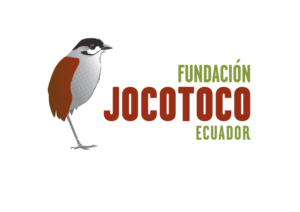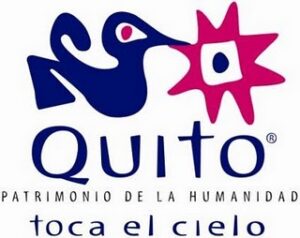HARPY EAGLE NEST
LIMONCOCHA BIOLOGICAL RESERVE
&
YASUNÍ
NATIONAL PARK
PAPALLACTA PASS - QUIJOS VALLEY - HARPY EAGLE NEST - LIMONCOCHA BIOLOGICAL RESERVE - YASUNI NATIONAL PARK - PARROT CLAY LICKS -CANOPY TOWER - NAPO RIVER ISLANDS - WILD SUMACO
This tour also offers the opportunity to explore by canoe a fascinating oxbow lake, terra firme trails, parrot clay licks and river islands, giving you the chance to witness the unique and amazing biodiversity of wildlife of the region. Here one of our local guides has located a territory of the elusive White-lored Antpitta and set up a feeding area, providing the chance to admire and photograph this extremely elusive species from a very close range. Other target birds present in the area are Black-banded Crake, the extremely local Pale-eyed Blackbird, Azure Gallinule, Zig-zag Herons, Wire-tailed Manakins among others.
This tour can be run from Quito or as an extension tour for our Amazon Rainforest & Eastern Slopes tour. Please contact us to get information of the tour details: info@neotropicalecuador
“The clearest way into the Universe is through a forest wilderness"
Johh Muir
ITINERARY
DAY 1
DAY 2
DAY 3
DAY 4
DAY 5
DAY 6
DAY7
*Ask us about our options to extend your trip to the Andean Western Slopes or to other destinations in the eastern slopes.
Pricing
PRICE PER PERSON:
2 PAX $2530
3-4 PAX $2050
5-6 PAX $1800
Solo travelers please contact us for more information.
- Accommodations in double or triple occupation (Basic facilities at a communitary hotel in Limoncocha).
- Accommodation in double or triple occupation in Wild Sumaco
- Single supplement adds a fee
- Napo river and Limoncocha lake motor canoe transportation
- All meals listed in the itinerary, purified water
- Birding/naturalist certified guide
- Community guide
- Transfers In-Out
- Entrance fees to the Yasuni National Park and all the reserves, Sumaco, Guango, Cayambe Coca National Park
- All excursions including visits to the exclusive Yasuni National Park parrot clay licks.
-International airfare
-Alcoholic Drinks
-Tips
-Any other item not specified
-Personal expenses
– Trip Cancellation & Medical Emergency Insurance
Trips considerations
PLEASE NOTE:
This is a sample itinerary subject to change due to weather conditions, safety, and particular interests of guests and groups. Changes and additions are made in order to maximize your birding experience and wilderness enjoyment.
If you prefer to flight back to Quito from Coca, please let us know so we can schedule this trip accordingly.
Note: A city tour in Old Town Quito or check for options of day tour close to Quito, which can be included upon request at the beginning or end of the trip.



